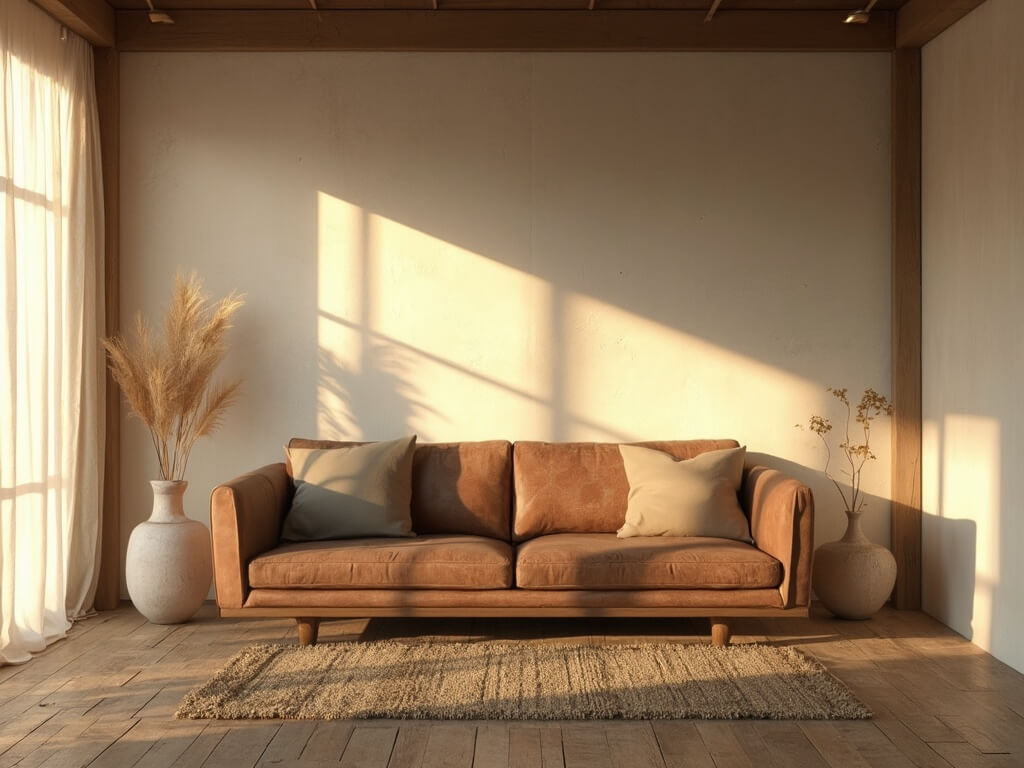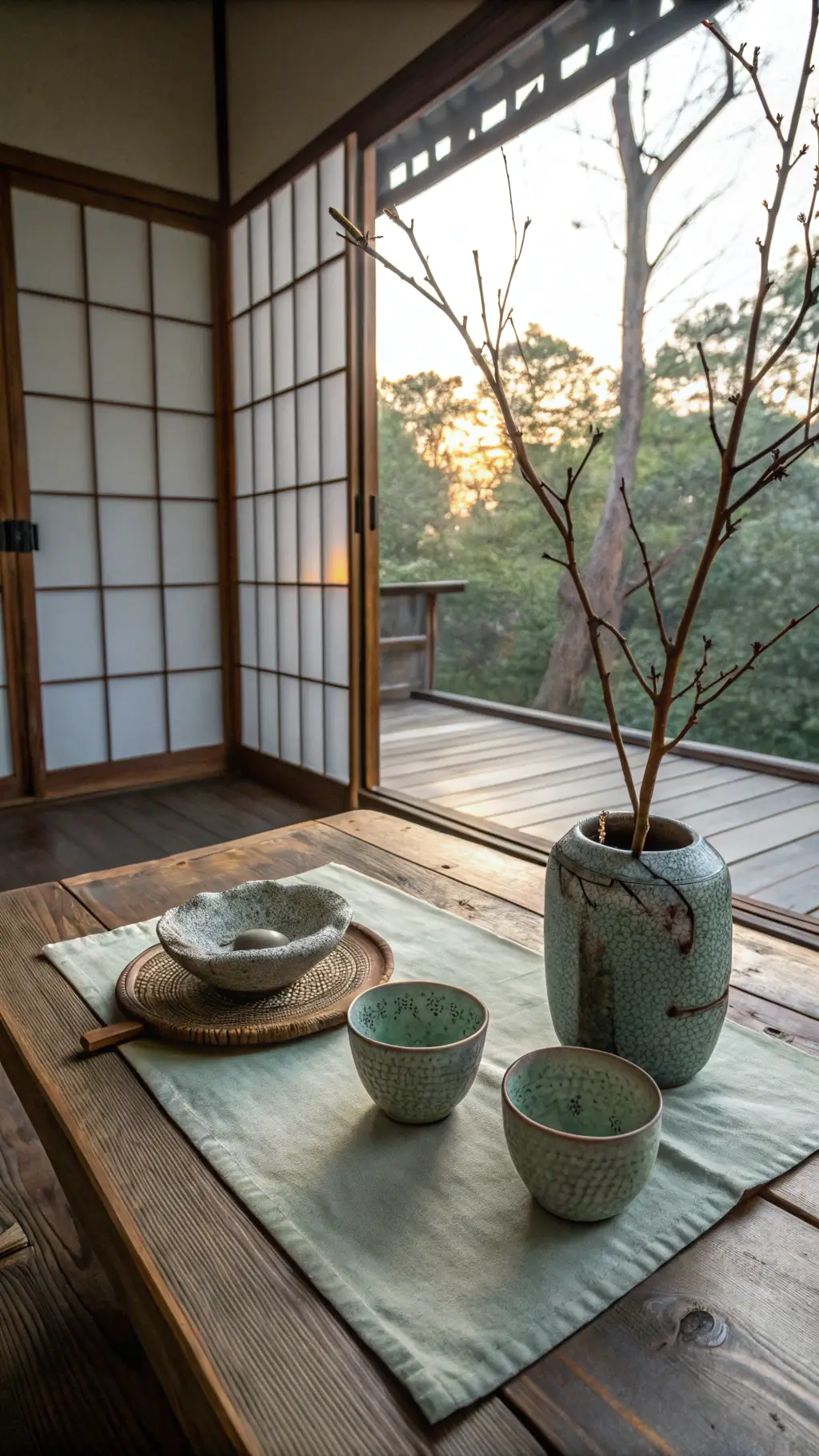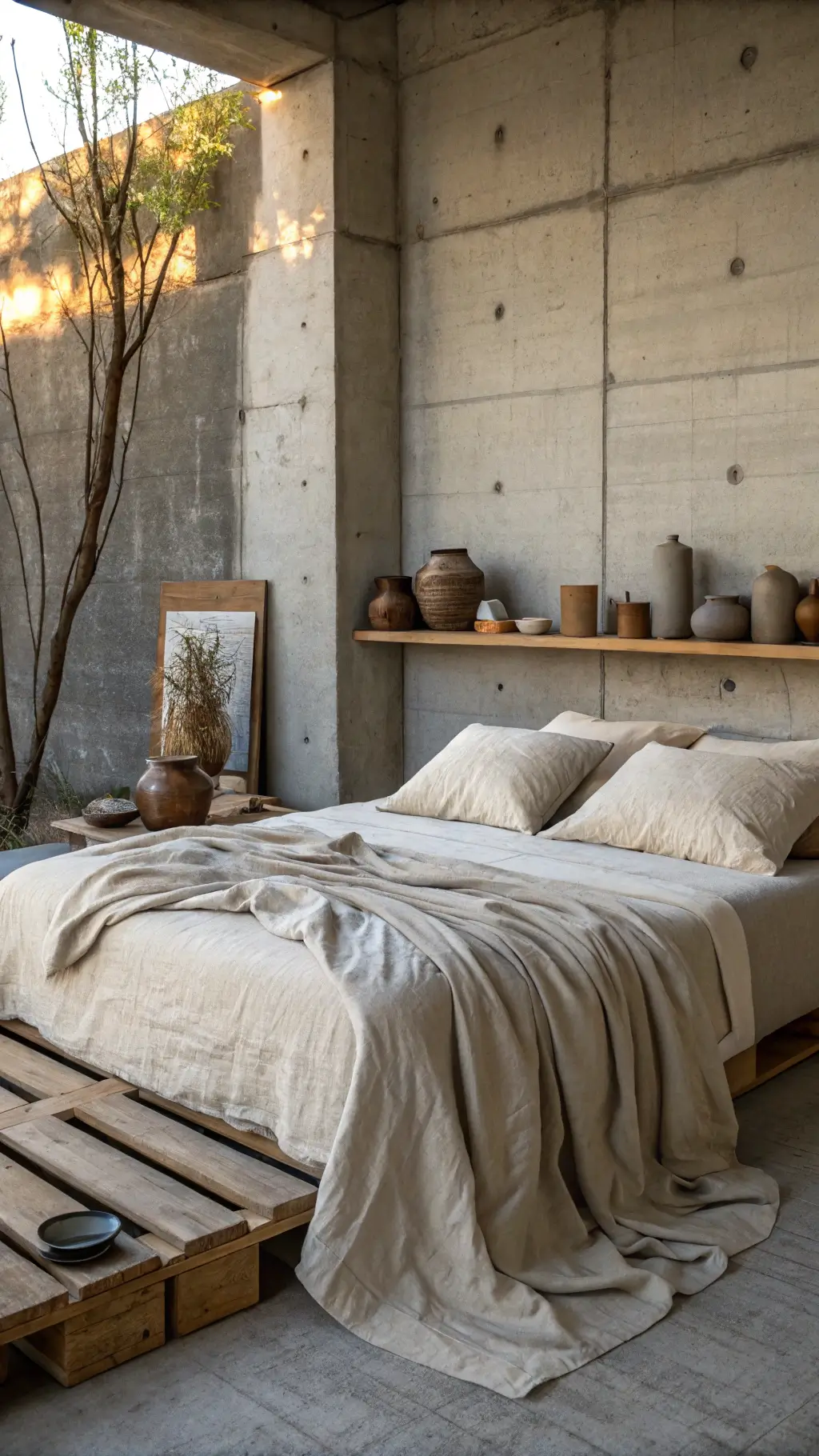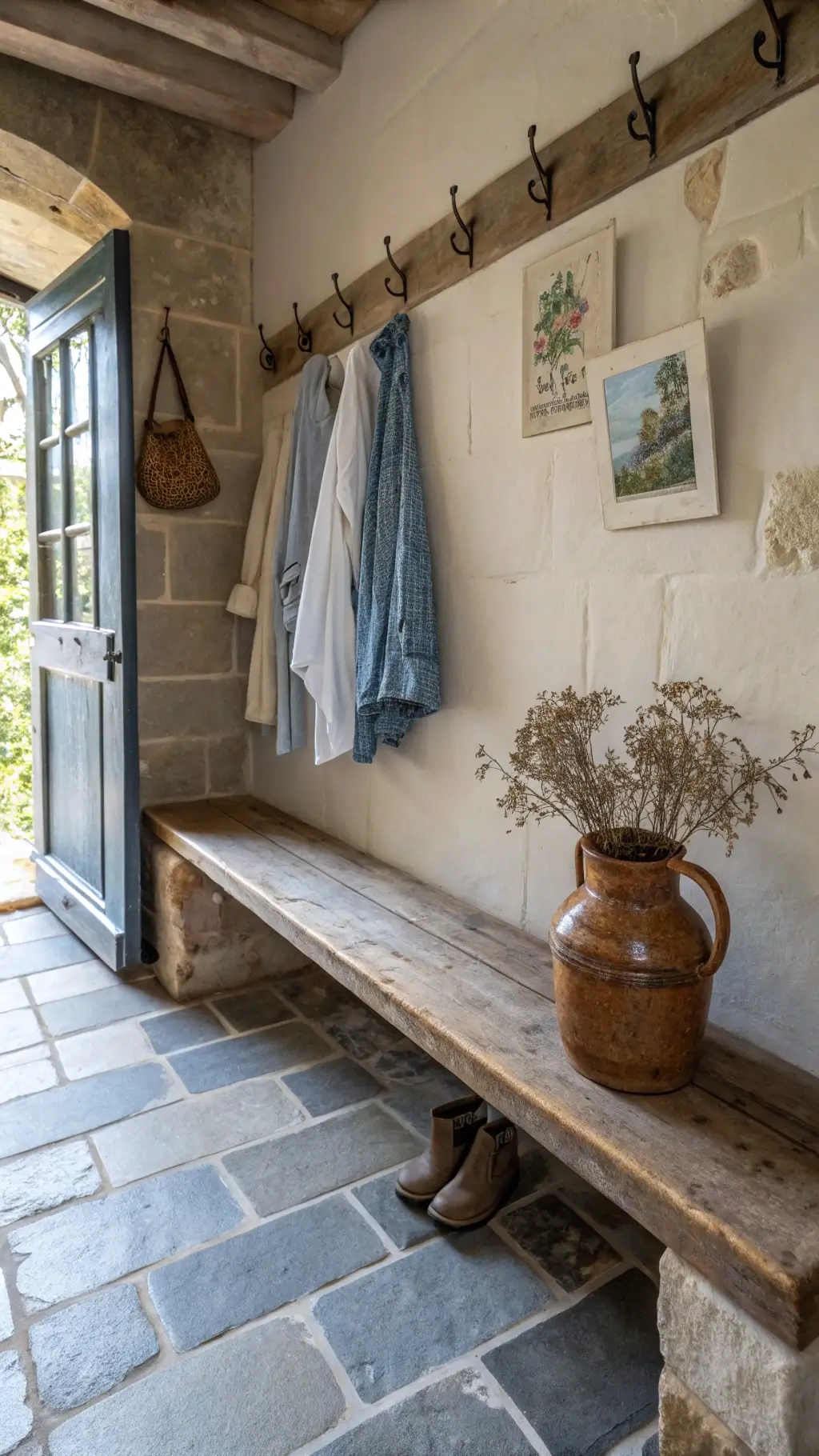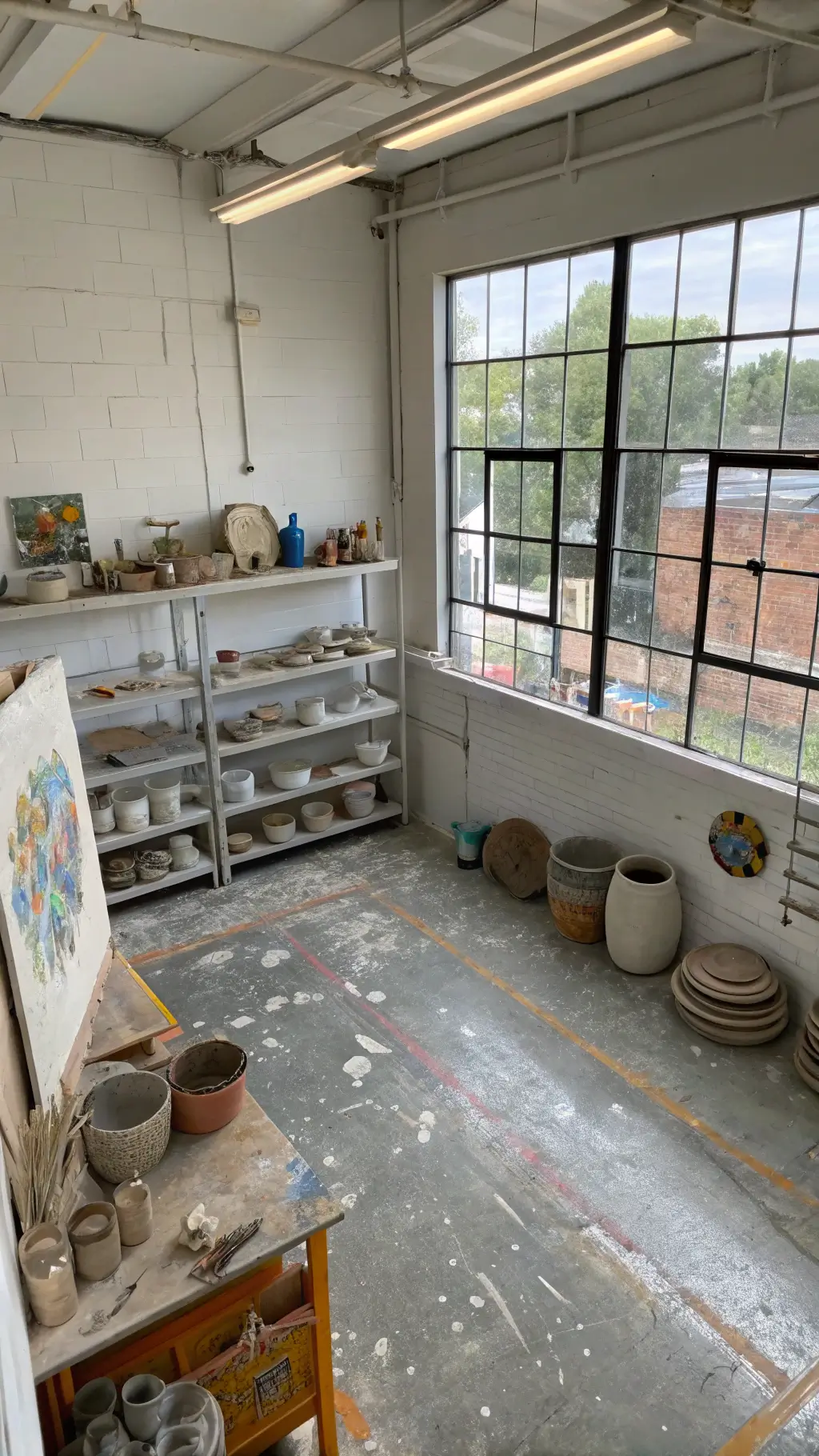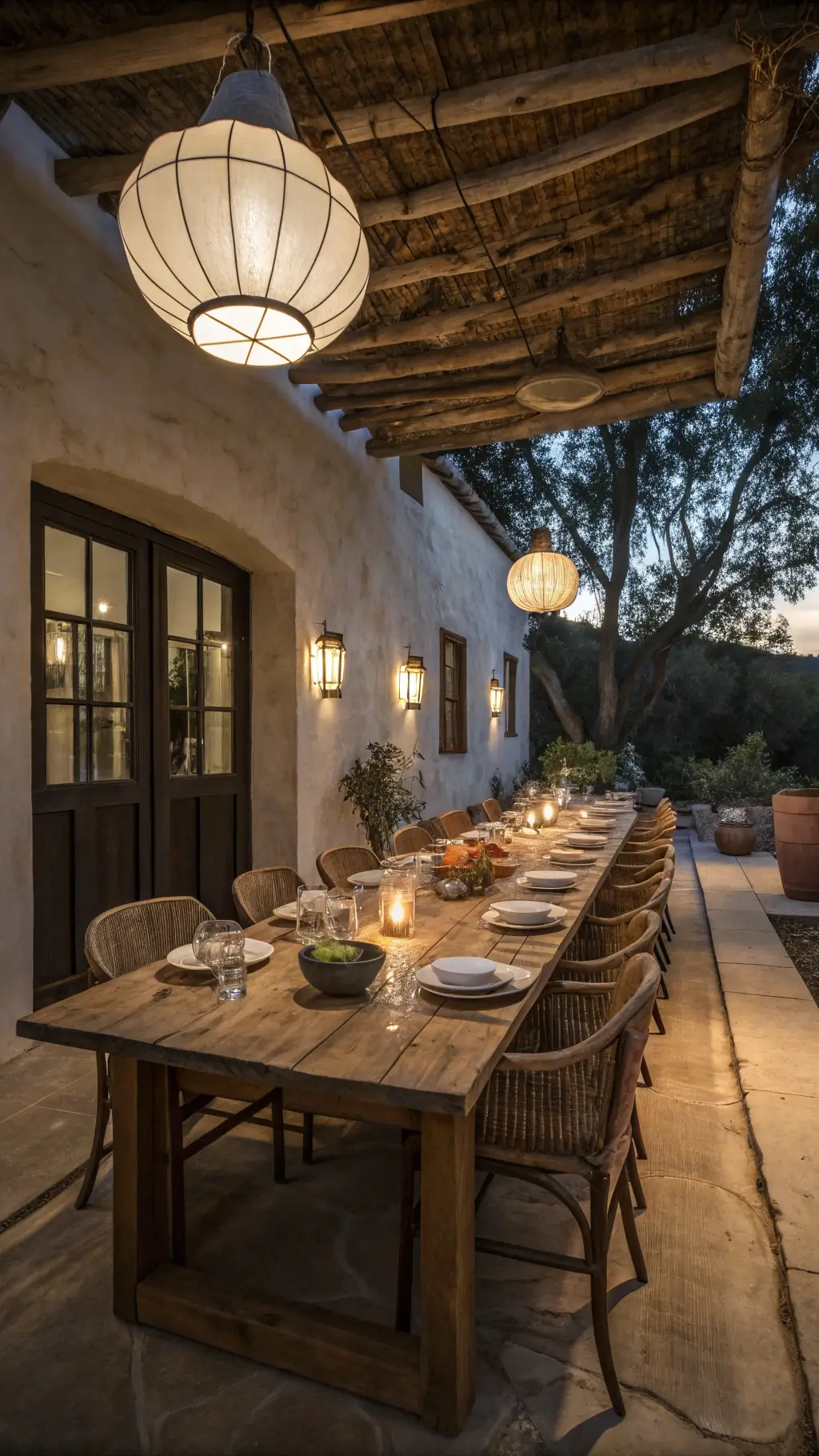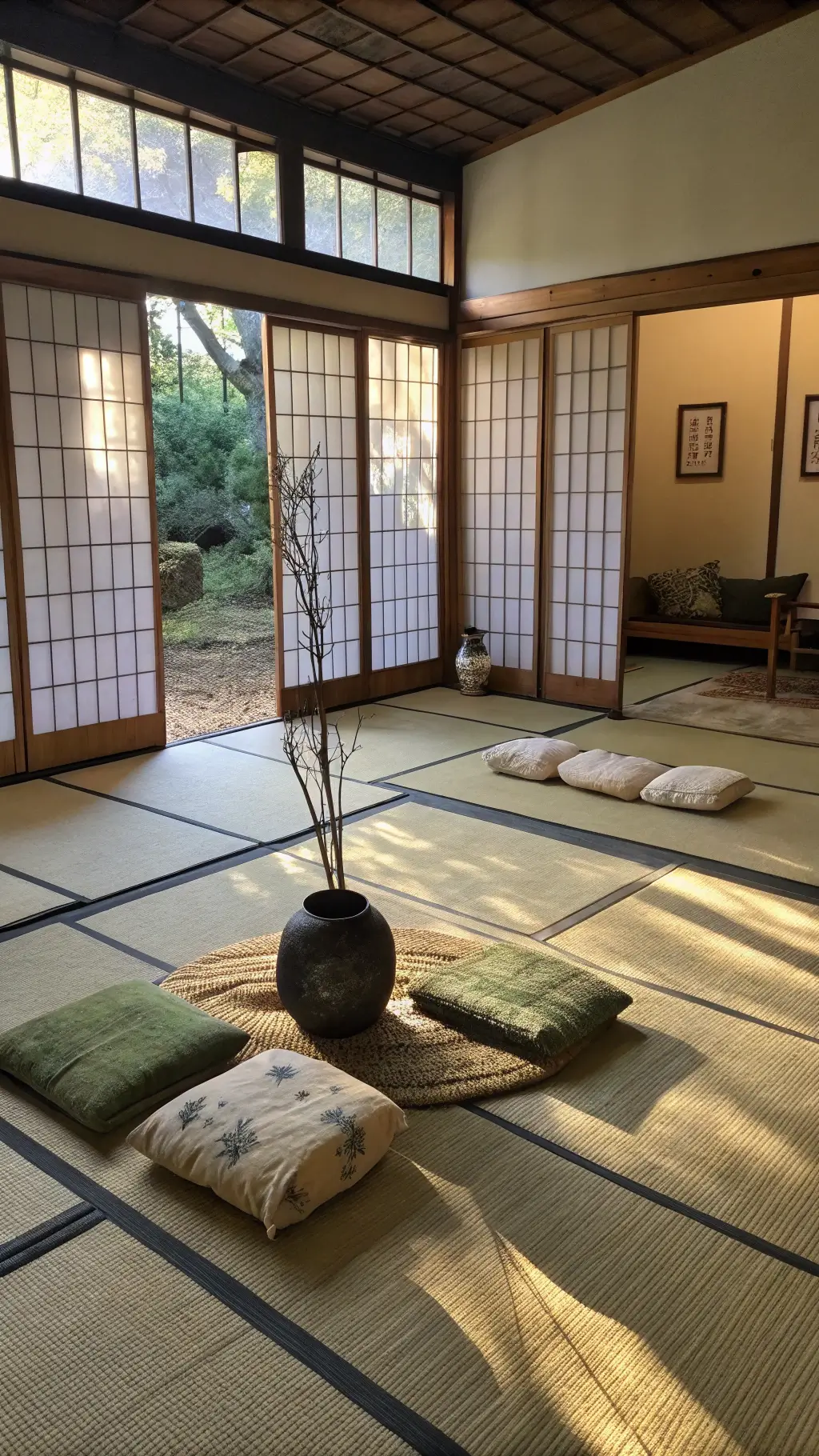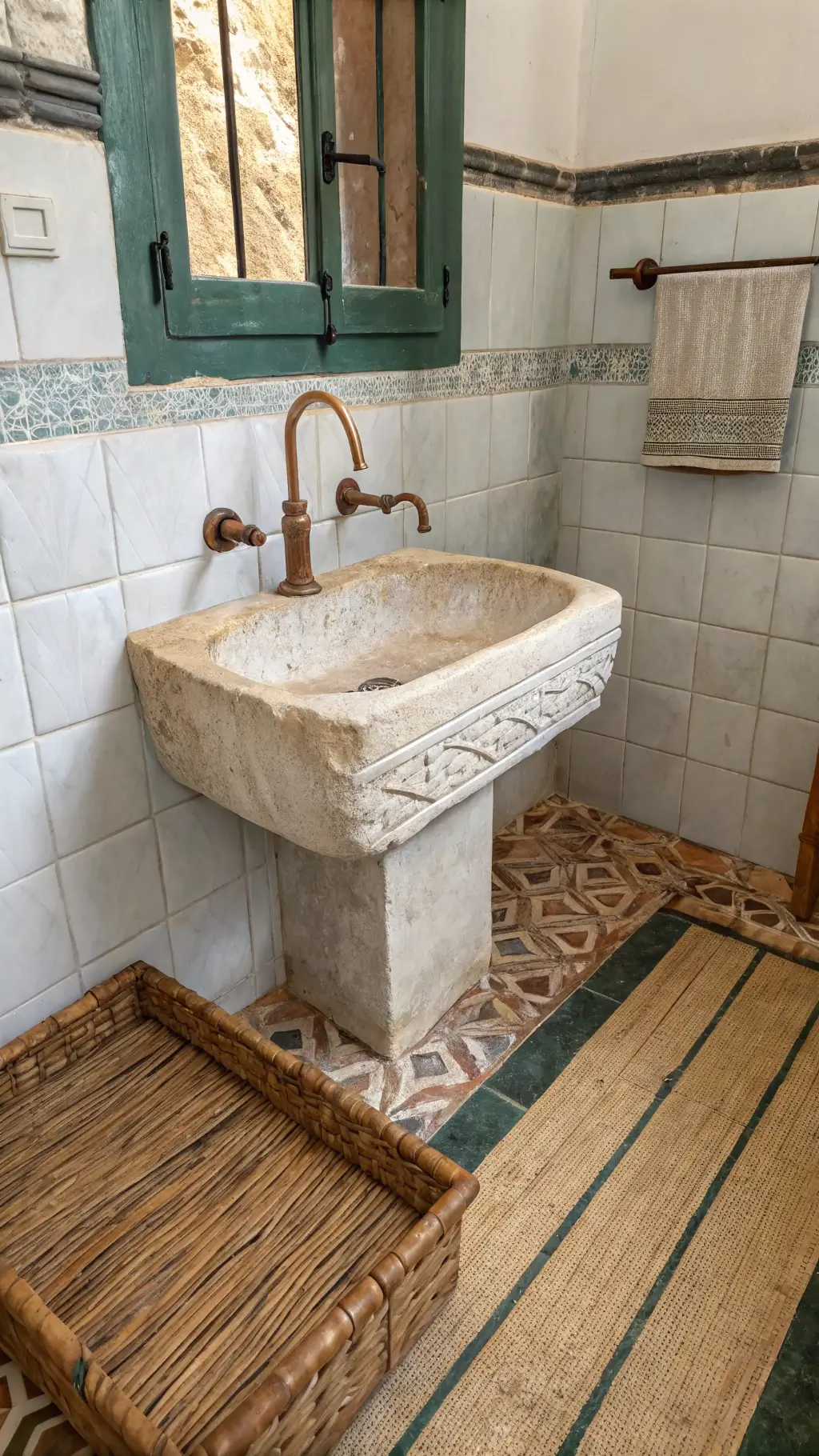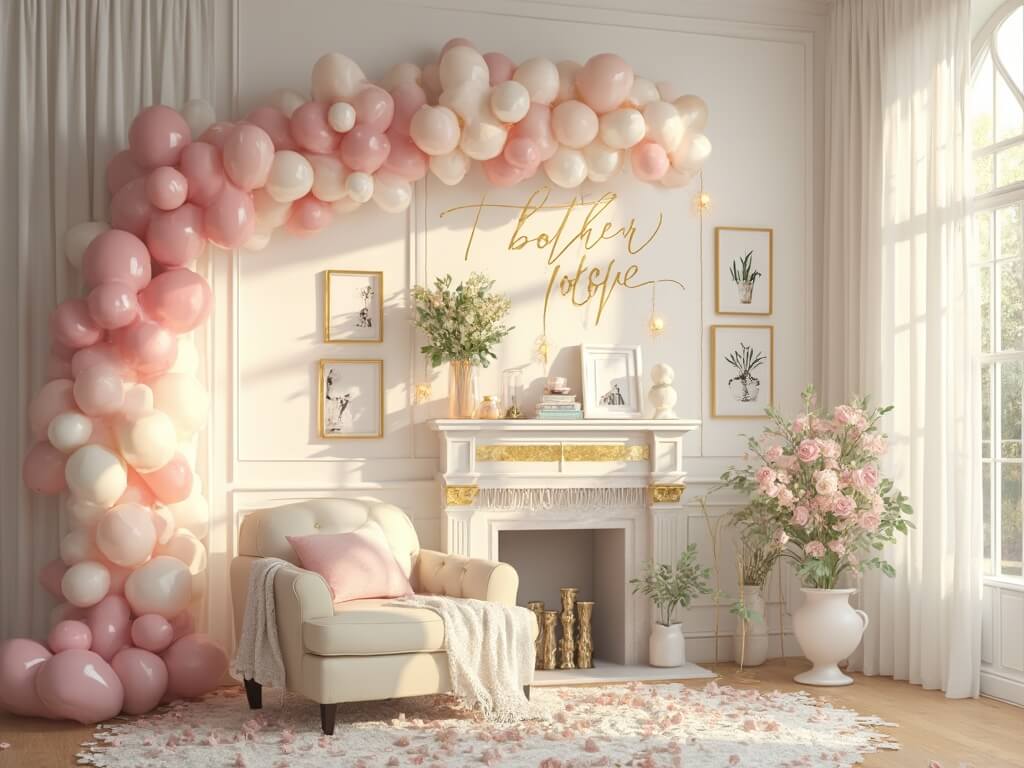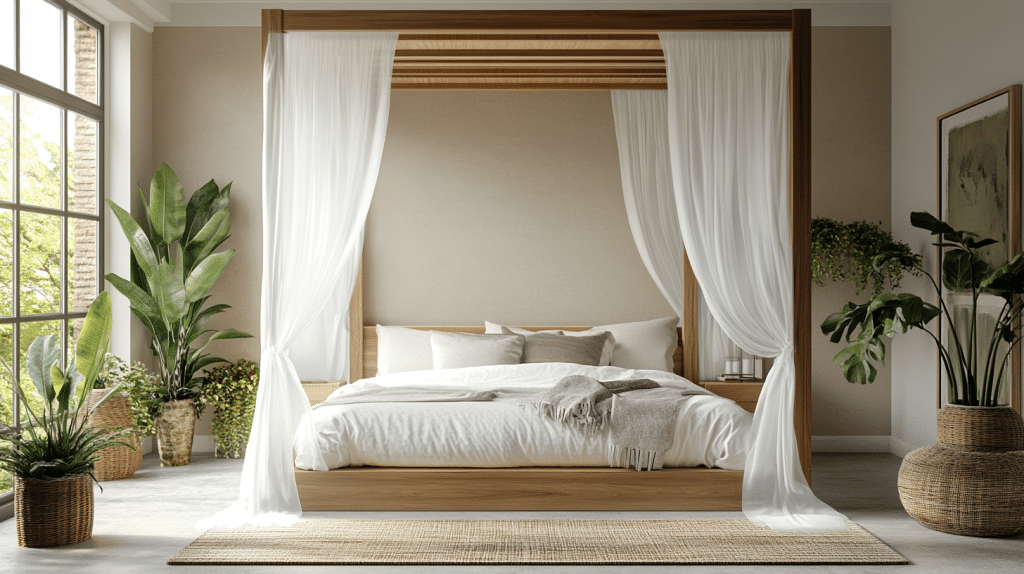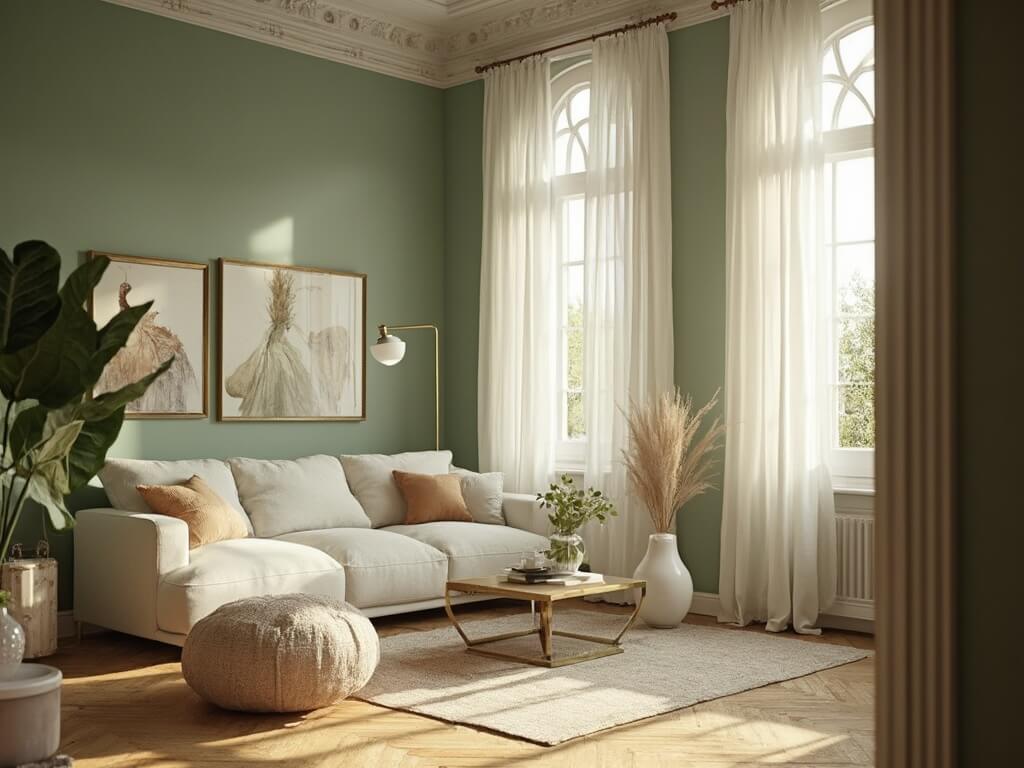Wabi Sabi Moodboard: Embracing Imperfection in Design
Have you ever felt overwhelmed by the pursuit of perfection? Let’s talk about a design philosophy that celebrates the beauty of imperfection, aging, and authenticity.
What is a Wabi Sabi Moodboard?
A Wabi Sabi moodboard is more than just a design tool—it’s a visual meditation on finding beauty in life’s natural wear and tear. This Japanese-inspired approach transforms how we see design, turning flaws into fascinating stories.
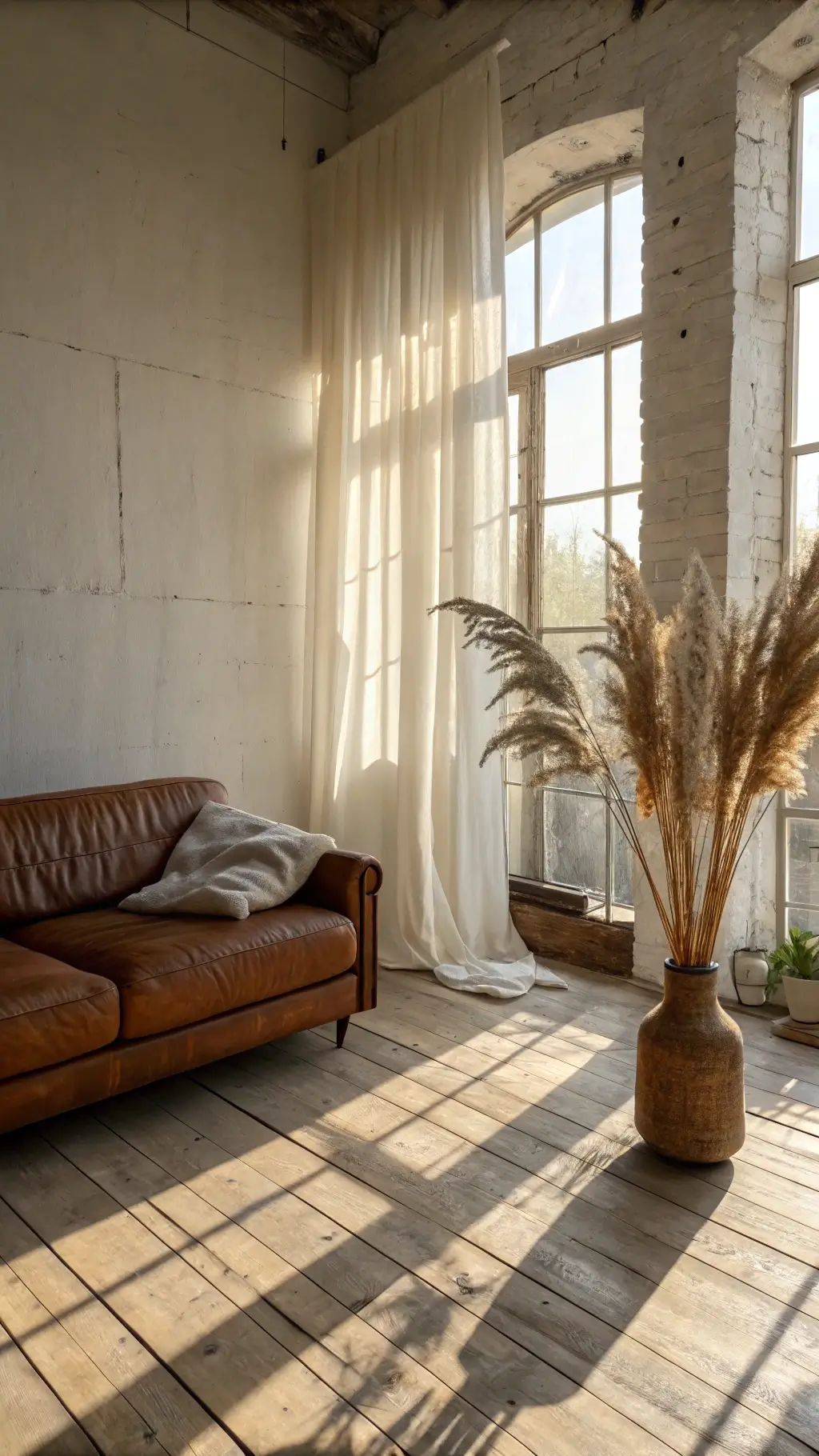
The Soul of Wabi Sabi: Embracing Authenticity
Key Principles:
- Beauty exists in imperfection
- Simplicity is supreme
- Natural aging tells a profound story
- Authenticity trumps artificial perfection
Crafting Your Wabi Sabi Moodboard: Essential Elements
1. Color Palette: Whispers, Not Shouts
Color Selections:
- Muted earth tones
- Soft greys
- Beige and taupe
- Gentle olive
- Subtle charcoal
Pro Tip: Think of colors like a quiet conversation, not a loud argument.
2. Textures That Tell Stories
Preferred Materials:
- Raw wood with visible grain
- Handmade ceramic
- Unfinished plaster
- Natural stone
- Weathered linen
- Handmade paper
Each texture carries its own narrative of time and use.
3. Decor Elements: Curating Meaningful Pieces
Wabi Sabi Essentials:
- Hand-thrown pottery
- Vintage photographs
- Dried botanical elements
- Imperfect vases
- Reclaimed objects with history
4. Composition: Breathing Room Matters
Design Principles:
- Embrace negative space
- Create intentional asymmetry
- Allow objects to exist without crowding
- Focus on minimal, meaningful arrangements
5. Mood: The Intangible Essence
A successful Wabi Sabi moodboard feels:
- Calm
- Grounded
- Quietly sophisticated
- Comfortably lived-in
Where to Find Inspiration
Reliable Sources:
- Behance
- Design magazines
- Vintage markets
- Artisan workshops
Pro Tip: Physical Sampling
Create a tactile experience by collecting:
- Fabric swatches
- Stone chips
- Pressed botanicals
- Aged paper samples
Who Should Explore Wabi Sabi?
Perfect for:
- Interior designers
- Brands seeking authentic identity
- Creative professionals
- Anyone tired of sterile, perfect aesthetics
Final Thoughts
Wabi Sabi isn’t just a design trend—it’s a philosophy of acceptance. It whispers that beauty isn’t about perfection, but about genuine stories, natural evolution, and the poetry of impermanence.
Your moodboard isn’t just a collection of images. It’s a declaration that life’s most beautiful moments are often unplanned, unpolished, and wonderfully real.

